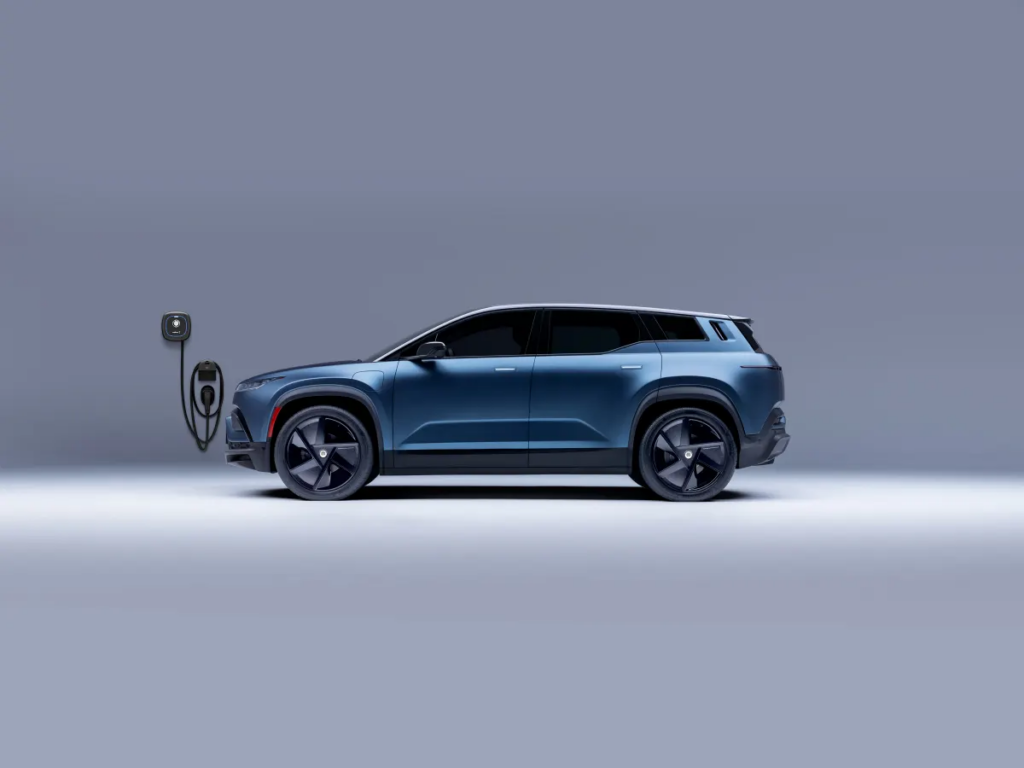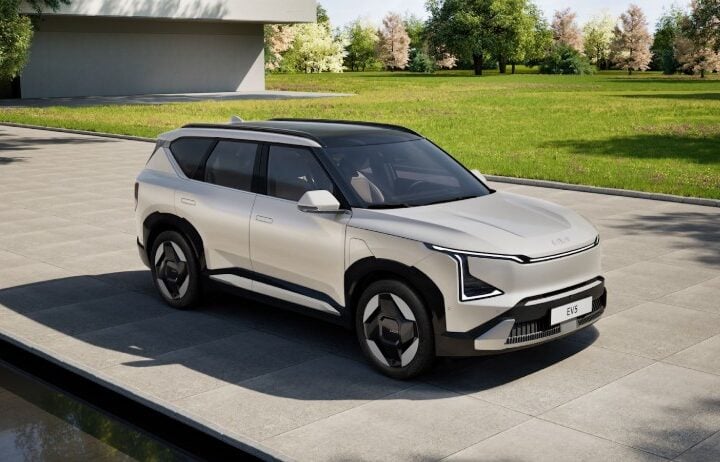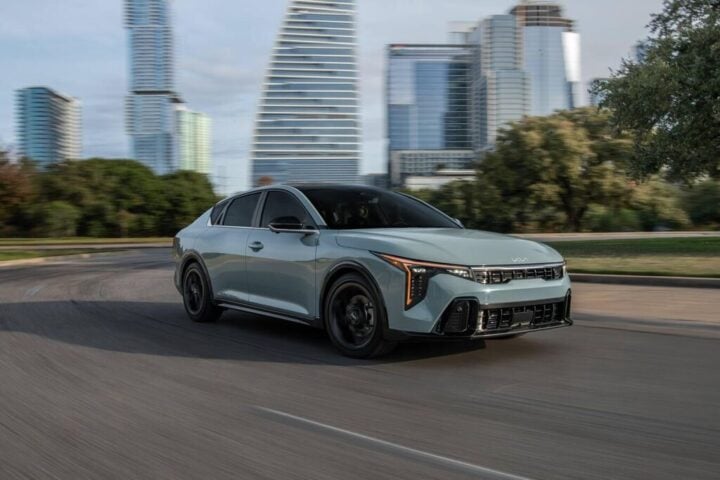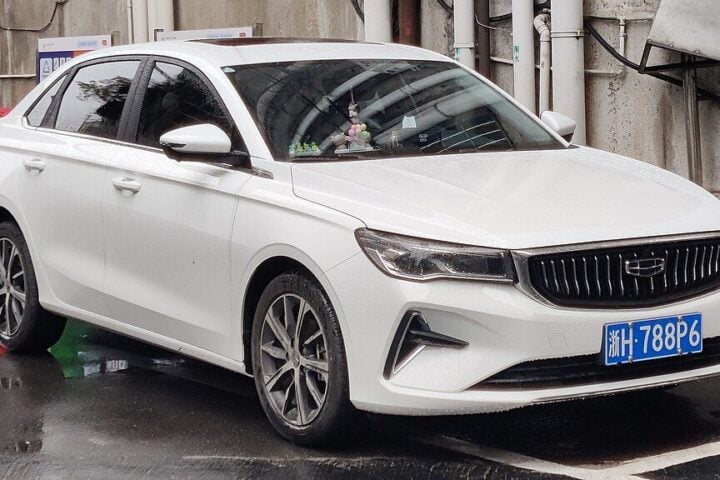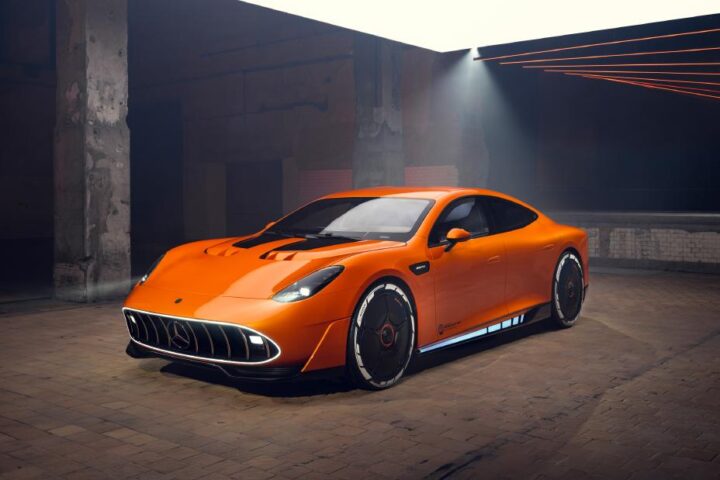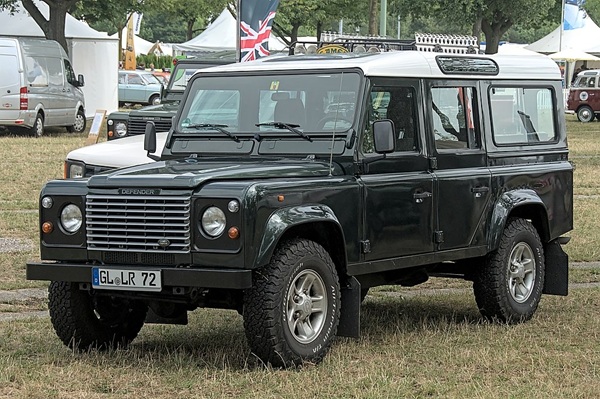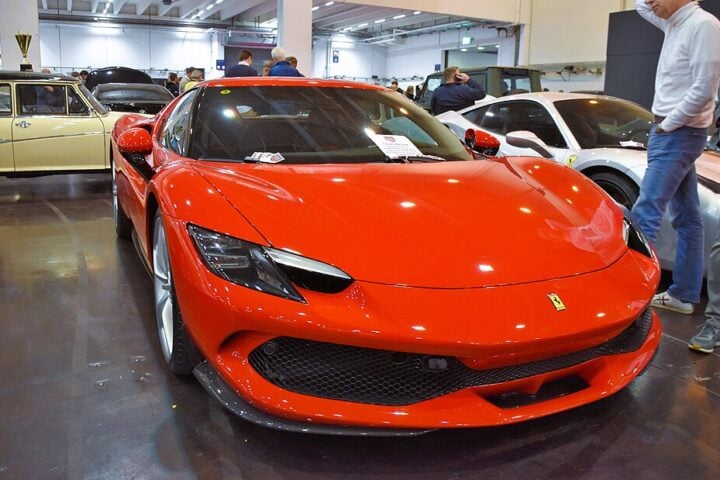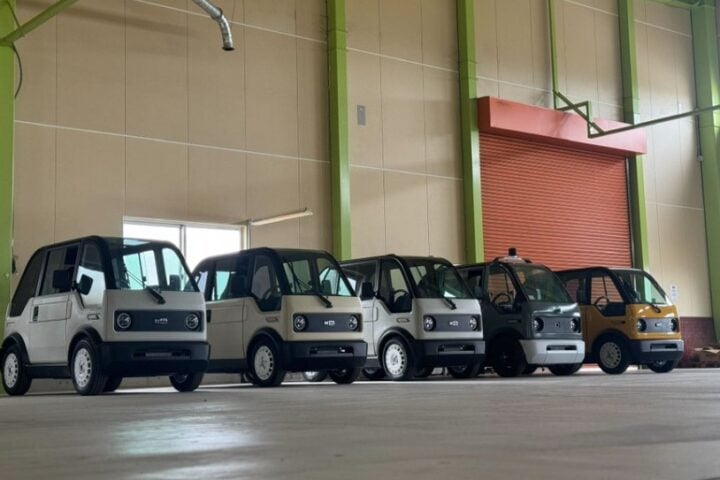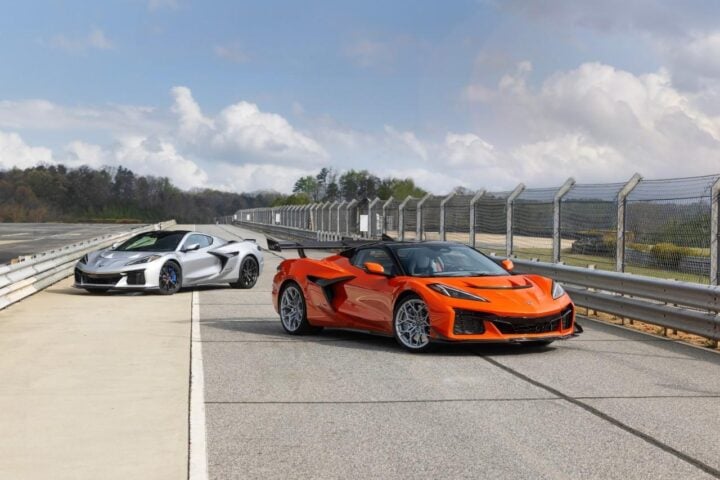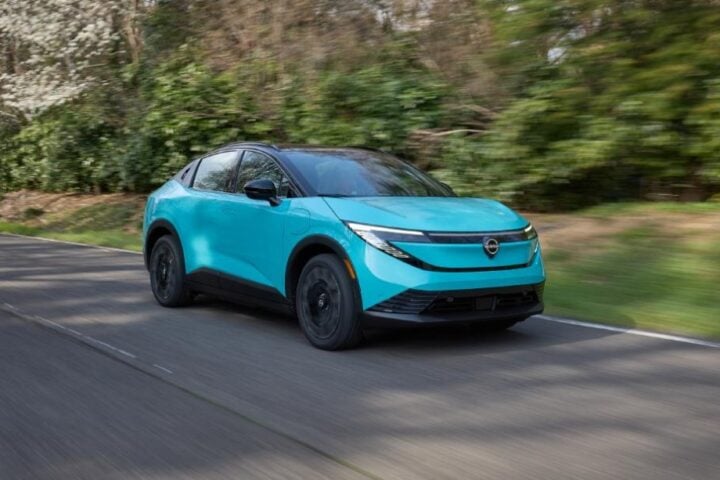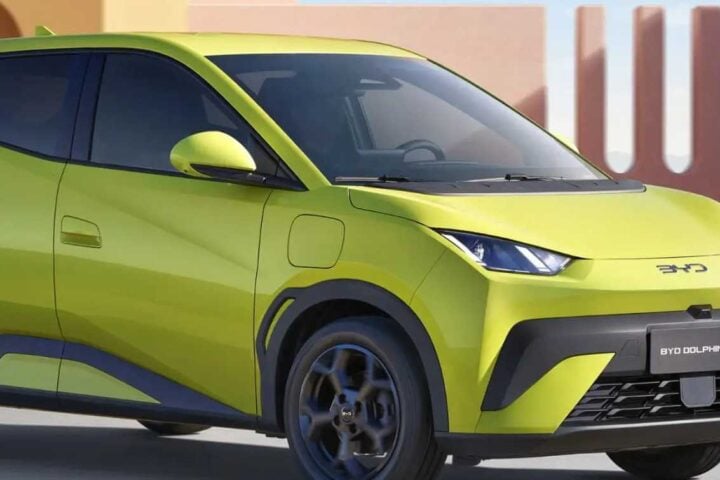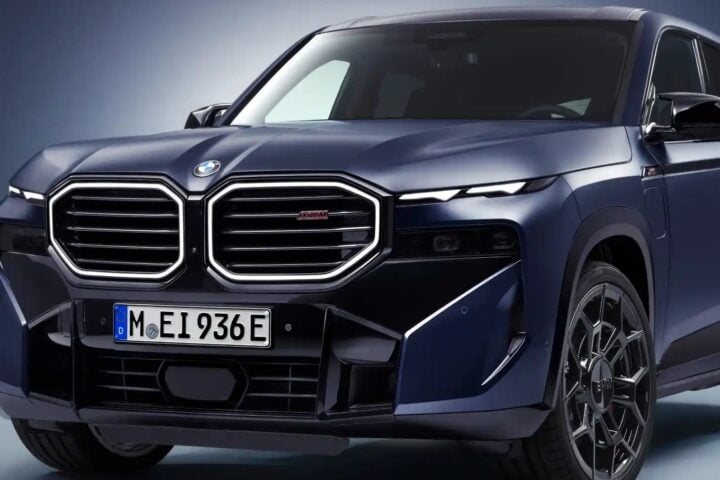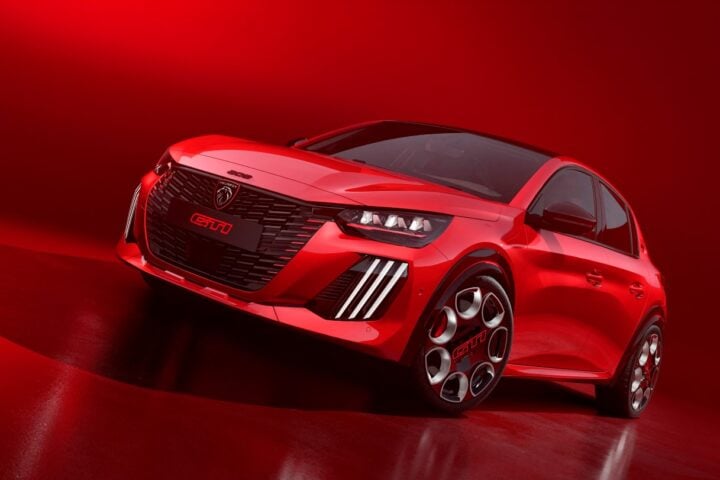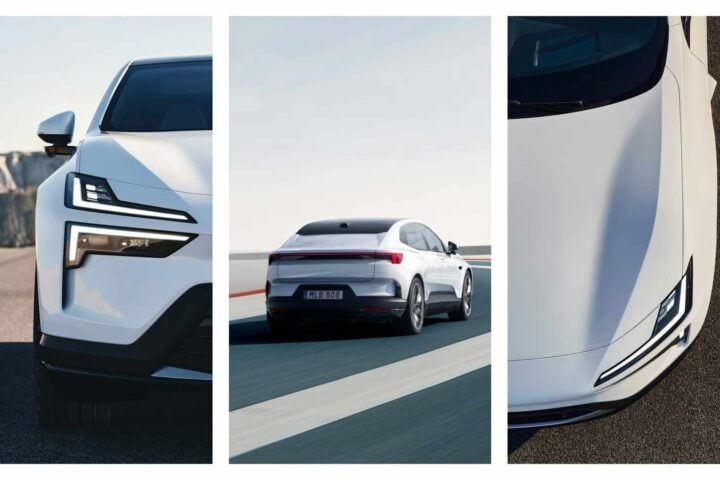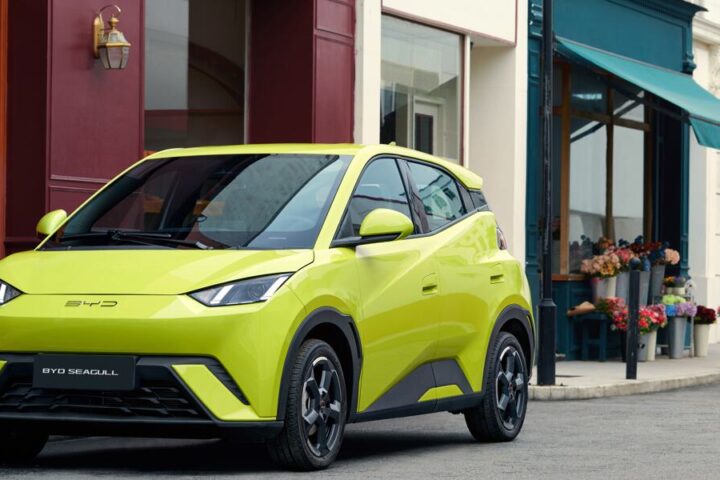Stadler is pleased to announce its entry into the Guinness World Records database. The FLIRT H2 set the world record for the longest distance traveled by a hydrogen-powered passenger train without refueling or recharging, covering 2,803 kilometers (1,741.7 miles). This accolade highlights Stadler’s innovative strength and technological leadership in sustainable rail transport. Innovation has always been a cornerstone of Stadler’s success, and the entry into the Guinness World Records database marks another highlight. This world record is also a testament to the capabilities of the FLIRT H2 and its forward-looking technology.
In 2022, Stadler presented the FLIRT H2 to the public for the first time at InnoTrans in Berlin. Many intricate methods were created to include fuel cells and hydrogen storage into the FLIRT commuter train’s current product line. These solutions have undergone extensive testing, first in Switzerland and then in Colorado, the United States, on a dedicated test track.
As the testing phase was nearing completion, Stadler aimed to demonstrate the reliability and performance of this innovative train. To this end, a record attempt was made for the longest distance a hydrogen-powered passenger train can travel without refueling or recharging, under the close observation of the Guinness World Records team.
The world record journey began on the evening of March 20, 2024, when the train started its first laps on the test track. The expert teams from Stadler and ENSCO continued in shifts through the night and the following day, concluding the successful attempt on March 22, 2024, at 5:23 PM (MST), (March 23, 2024, at 00:23 CET). In total, the train covered 2,803 kilometers (1,741.7 miles) in over 46 hours on a single tank of fuel.
Thus, Stadler’s FLIRT H2 officially holds the world record for the longest distance traveled by a hydrogen-powered passenger train without refueling or recharging. The record attempt took place at the ENSCO test center in Pueblo, Colorado, where the vehicle had completed its type testing. Detailed records were kept before, during, and after the record attempt to ensure accurate and transparent evidence.
The FLIRT H2 for the San Bernardino County Transportation Authority (SBCTA) is the second train from Stadler with alternative propulsion to set a Guinness World Record. In December 2021, the FLIRT Akku, the battery-powered FLIRT model, set the world record in Germany for the longest journey by a battery train in pure battery operation, with 224 kilometers.
There is significant international interest in sustainable mobility. Stadler’s hydrogen-powered FLIRT H2 train is very well received in the market. In addition to a recent order for more hydrogen trains for California, Stadler is the world’s first train manufacturer to produce hydrogen narrow-gauge trains. In Europe, Italian railway operators Ferrovie della Calabria (FdC) and ARST have already exercised options, so Stadler is now commissioned to deliver a total of 15 hydrogen-powered vehicles in Italy.
About the FLIRT H2: Stadler’s alternative propulsion solutions are making rail transport more environmentally friendly, even where there was no alternative to diesel. Stadler is developing hydrogen-powered rail vehicles that allow for emission-free operation on non-electrified routes.
Similar Posts
The first FLIRT H2 from Stadler was developed and built for the SBCTA and consists of two electrically driven end cars and a PowerPack in the middle. This middle car contains the fuel cells and hydrogen tanks. The fuel cells convert hydrogen into electricity. This electricity is then transferred to a traction battery. The battery then powers the drive of the vehicle with the required performance. This configuration also allows for the recapture of braking energy into the battery. Thus, the battery stores both braking energy and power from the hydrogen cells. Thanks to Stadler’s innovative propulsion solution, the FLIRT H2 can operate all day without refueling. The train seats 108 passengers and offers generous standing space. Its top speed is 130 km/h (79 mph), and it is also designed to operate at high ambient temperatures of up to 49 degrees Celsius (120 degrees Fahrenheit).
Caltrans, the California state transportation authority, ordered four FLIRT H2 in 2023 and exercised an option for six more FLIRT H2 at the beginning of 2024. These trains will have a higher passenger capacity than those for the SBCTA, consisting of four cars and a PowerPack in the middle car.
With innovative developments in the USA and successful sales of rail vehicles powered by batteries or hydrogen in Germany, Italy, Austria, and Lithuania, Stadler further underscores its global leadership in alternative propulsion solutions for rail transport.


